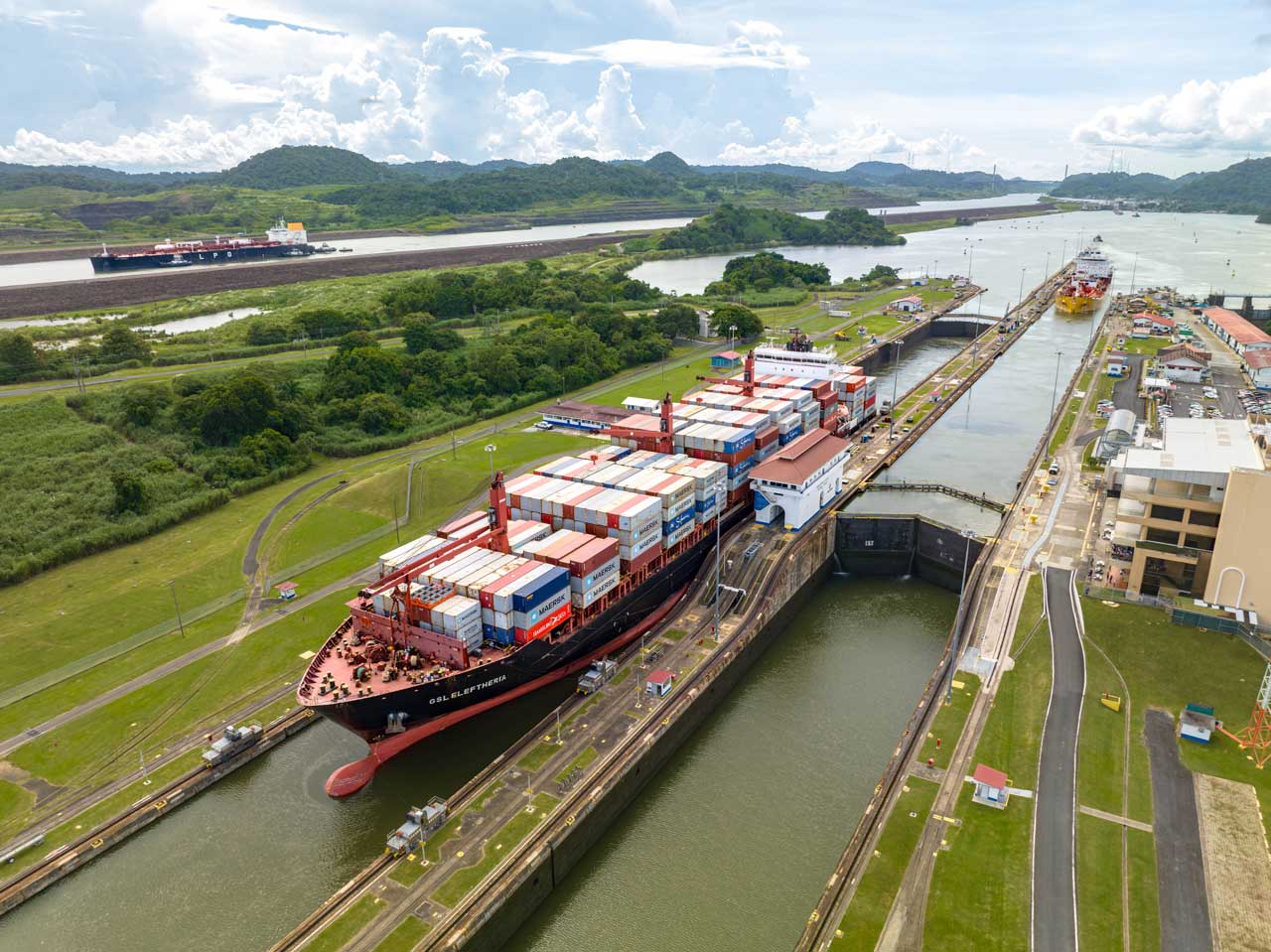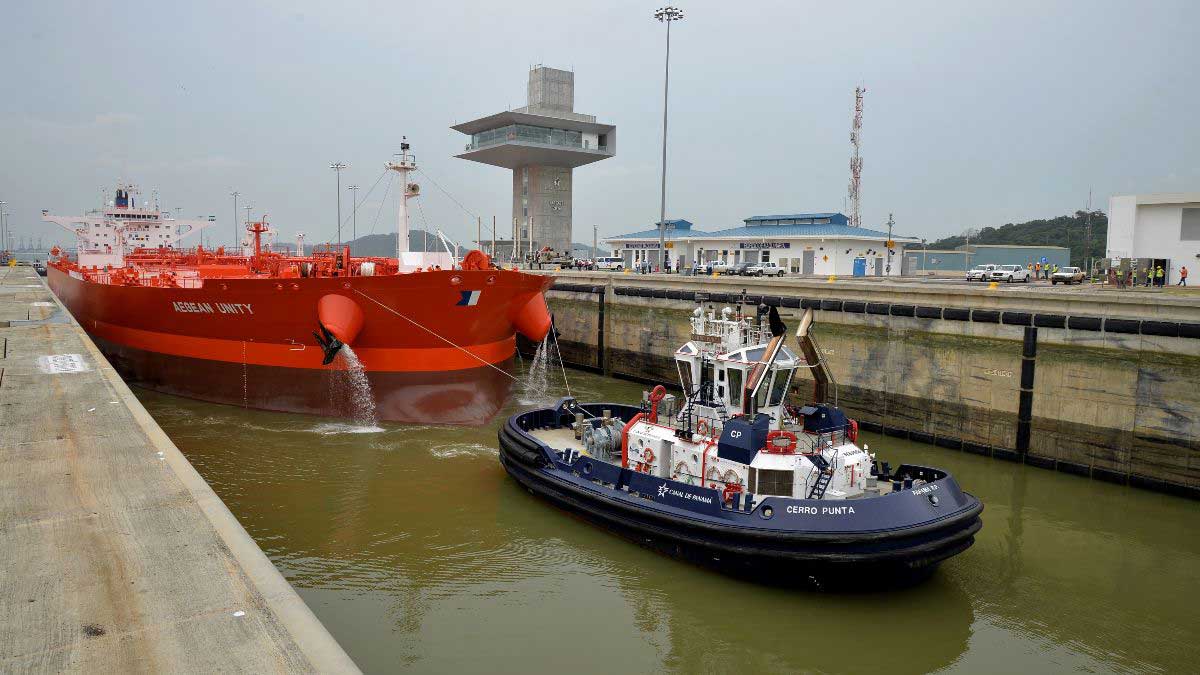Panama, March 1, 2002 – The fifth meeting of the Panama Canal Authority (ACP) Advisory Board concluded successfully today, following two days of intense deliberations between the ACP Board of Directors and 10 leaders of the international shipping and business community.
International Maritime Organization General Secretary and Advisory Board Chairman William A. O’Neil, praised Canal officials for the excellent management of the waterway since its transfer to Panama, while underscoring the country’s leadership responsibility given its position as steward of the Canal and leading flag register.
Achievements such as the decrease in accident rates and Canal waters time for transiting vessels, as well as the accelerated completion of the Culebra Cut widening program in December 2001, were highly commended.
Among other things, members of the ACP Board of Directors and the Advisory Board discussed the progress of current operations and modernization programs, expansion plans, increased security measures, toll review studies and dredging plans for the Pacific entrance channel.
Canal officials also briefed the Advisory Board on plans to install new navigation aids in 2002 that will make Culebra Cut the best-marked navigational waterway in the world. This investment will further enhance transit safety for shipping, particularly for Panamax vessels in low visibility conditions.
The Canal is also increasing its locomotive fleet from 82 to 100 and its Board of Directors has approved the replacement of the remainder of the fleet with a newly designed generation of locomotives. The tug fleet was also recently increased from 17 to 24, enabling the waterway to handle the growing number of Panamax vessels that use the Canal daily. The last two tugs will be delivered next July.
These projects will increase operating capacity by 20 percent, enabling the simultaneous transit of two Panamax-type vessels with virtually no restrictions through Culebra Cut, while allowing more flexible traffic scheduling.
Canal officials also briefed the Advisory Board about the award of a contract for a 360o full-bridge simulator to Kongsberg Norcontrol, Inc., to support basic, advanced, and certification training of Canal maritime personnel.
Compared to the costs of using the U.S. intermodal system (including maritime and rail), the Panama Canal can represent cost savings of approximately $400 per TEU for a 2900-TEU container vessel on the Asia-U.S. East Coast route.
To mark the beginning of a new generation of improvement projects, next week the ACP will initiate the deepening of Gatun Lake and Culebra Cut navigation channel by one meter, during a ceremony attended by the Presidents of Panama and Brazil. The deepening project will increase Gatun Lake´s water storage capacity and help maintain maximum draft throughout the year.
During this meeting, three new members were welcomed to the Advisory Board: Flemming R. Jacobs, President and CEO of the NOL Group; Stephan Schmidheiny, President of FUNDES International; and Albert H. Nahmad, former member of the Panama Canal Commission Board of Directors and President and CEO of Watsco, Inc.
Michael Barnes, Chairman of the Board of the United States Center for National Policy in Washington, D.C. and Lilliam Borrone, Coordinator of the Office of Recovery and Victim Assistance of the State of New Jersey and former Port Commerce Director of the Port Authority of New York and New Jersey, resigned their positions on the Advisory Board.
The ACP Board of Directors also introduced the Advisory Board to three new members: Mario Galindo, Guillermo E. Quijano, Jr. and Antonio Dominguez A. These new presidential appointments replace Raul Montenegro, Samuel Lewis Navarro and Luis Anderson, whose term expired last year.
This ACP Advisory Board meeting follows on the heels of Panama Maritime VI, a biennial conference organized by the country’s maritime lawyers association and Chamber of Shipping, during which important Canal users and clients gave Panama a “thumbs up” for its remarkable administration and operation of the waterway.




